Many tea areas are slow to bud.
Normally, at this time, the lush green tea hills in Son Duong have begun their peak harvest. However, this year, the unfavorable weather, prolonged cold, and drought have caused the tea plants to grow more slowly than usual. Instead of lush green tea hills, bustling with harvesters as usual, this year, many tea areas still have sparse buds, and some places have not even sprouted buds yet.
This year's spring tea harvest was one month later than last year due to unfavorable weather.
Mr. Pham Van Minh, Head of the Thanh Tra Tea Cooperative in Cay village, Minh Thanh commune (Son Duong) said: The past few months have been very cold and there has been no rain, causing the land to dry up. The tea trees are not strong enough to grow, so the buds are very slow to appear.
According to Mr. Minh, last year's tea crop of more than 10 hectares of tea of the Cooperative Group yielded 1.5 tons of dry tea/ha/year, the selling price was from 220,000 - 250,000 VND/kg, people earned more than 100 million VND. This year, the spring tea crop came a whole month later than every year. Meanwhile, the investment costs for fertilizers and pesticides still have to be paid in full. This makes tea growers like him even more worried. Of more than 10 hectares of tea of the Cooperative Group, only 2 hectares have buds on time, the remaining area has no buds. If there is rain in the coming time, it will be March before there is tea to harvest. Tea output is estimated to decrease by about 3 tons of dry tea/ha.
Mr. Dang Van Luong's family in Khe Dang village, Tu Quan commune (Yen Son) is also restless because the tea plantation is the family's main source of income. According to Mr. Luong, normally, his family's 1-hectare tea plantation produces about 8-10 batches of tea per year, yielding about 7 tons of fresh tea buds. However, this year, due to the cold and prolonged drought, the tea buds are small, fewer than in previous years, and many areas are affected by pests and diseases, making it difficult to care for. Mr. Luong shared: "To cope with the unfavorable weather, I have to apply many different care measures, prune branches, create canopy, regularly water the tea, and fertilize the plants so that they have enough strength to grow. This year, the tea buds are few, and the yield is estimated to decrease by 20% compared to previous years."
Promote the application of science and technology in production
Not only the tea growing areas of Minh Thanh and Tu Quan communes, farmers in many other localities in the province are also facing a similar situation, causing tea bud production to decrease sharply. Most local tea growers do not have a solution to ensure irrigation water for this main crop because the area is too large, while the water source for daily life and production is also lacking.
Farmers in Trung Yen commune (Son Duong) are worried about the decrease in spring tea production.
Mr. Nguyen Cong Thanh, Deputy Head of the Department of Agriculture and Rural Development of Son Duong district, said: The cold weather and prolonged drought have made it difficult to ensure water for daily life and agricultural production in the area. In addition, the tea area of the district is relatively large (over 1,800 hectares), and there is no irrigation system, so it is difficult to regulate water sources, and production still depends mainly on the weather. The district is mobilizing people to make the most of water sources to irrigate tea. At the same time, it guides people on effective measures to care for tea plants. In addition, the district will continue to support and mobilize people to install advanced irrigation systems according to Resolution 03/2021/NQ-HDND on policies to support the development of agricultural, forestry and fishery production, to be more proactive in irrigating tea, especially during prolonged droughts.
According to statistics from the Department of Agriculture, the province currently has over 8,000 hectares of tea, concentrated in the districts of Son Duong, Yen Son, Ham Yen, Chiem Hoa, Tuyen Quang City... Of which, nearly 800 hectares of tea apply proactive irrigation to save water. In 2025, the province aims to achieve tea output of over 76,000 tons (fresh tea buds), with a yield of over 95 quintals/ha. As a major crop with a large area, unfavorable weather conditions that reduce tea bud output will certainly affect the income of tea growers. From now on, all levels, sectors and localities need to promptly find solutions to minimize the impact of drought on the province's tea area.
According to the leaders of the Department of Agriculture and Rural Development, in addition to expanding the area of water-saving irrigation, in the long term, it is necessary to continue researching and introducing new tea varieties to replace concentrated production areas with new, high-quality tea varieties that are resistant to pests and diseases, suitable for each ecological region, and adaptable to climate change. At the same time, apply science and technology to production, invest in building pumping stations, and regulate irrigation water in specialized tea growing areas. Only then will people be able to proactively prevent drought for their crops, contributing to limiting damage caused by unfavorable weather.
Source: https://baotuyenquang.com.vn/don-loc-che-xuan-206952.html


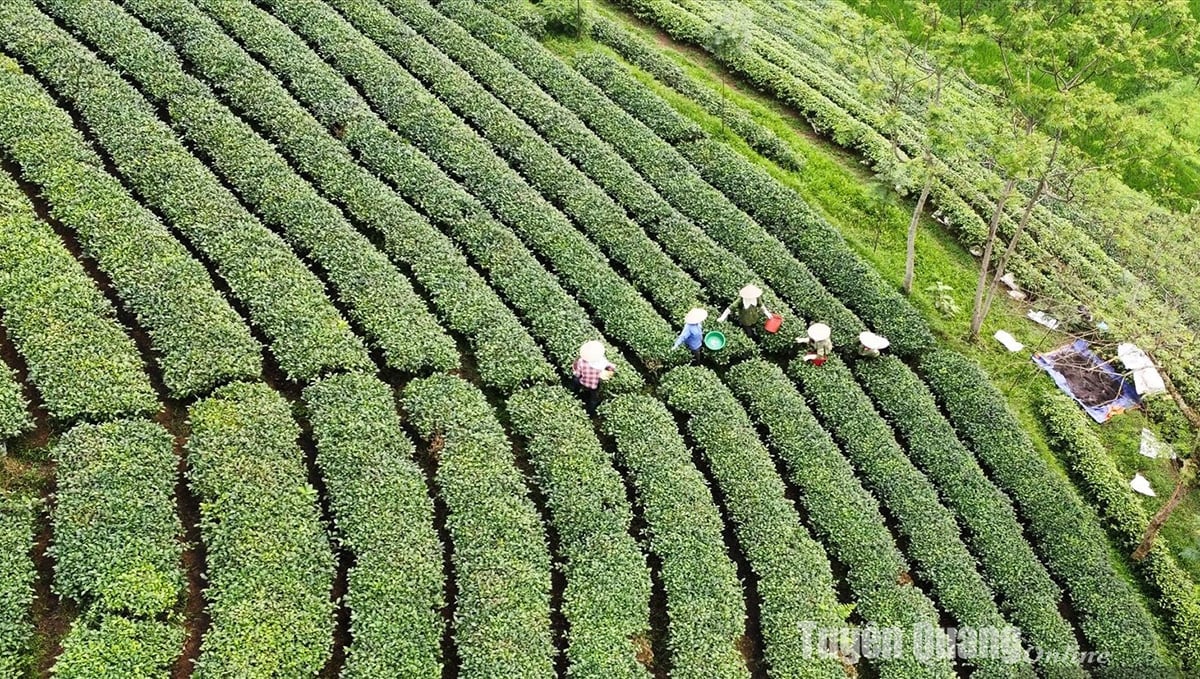
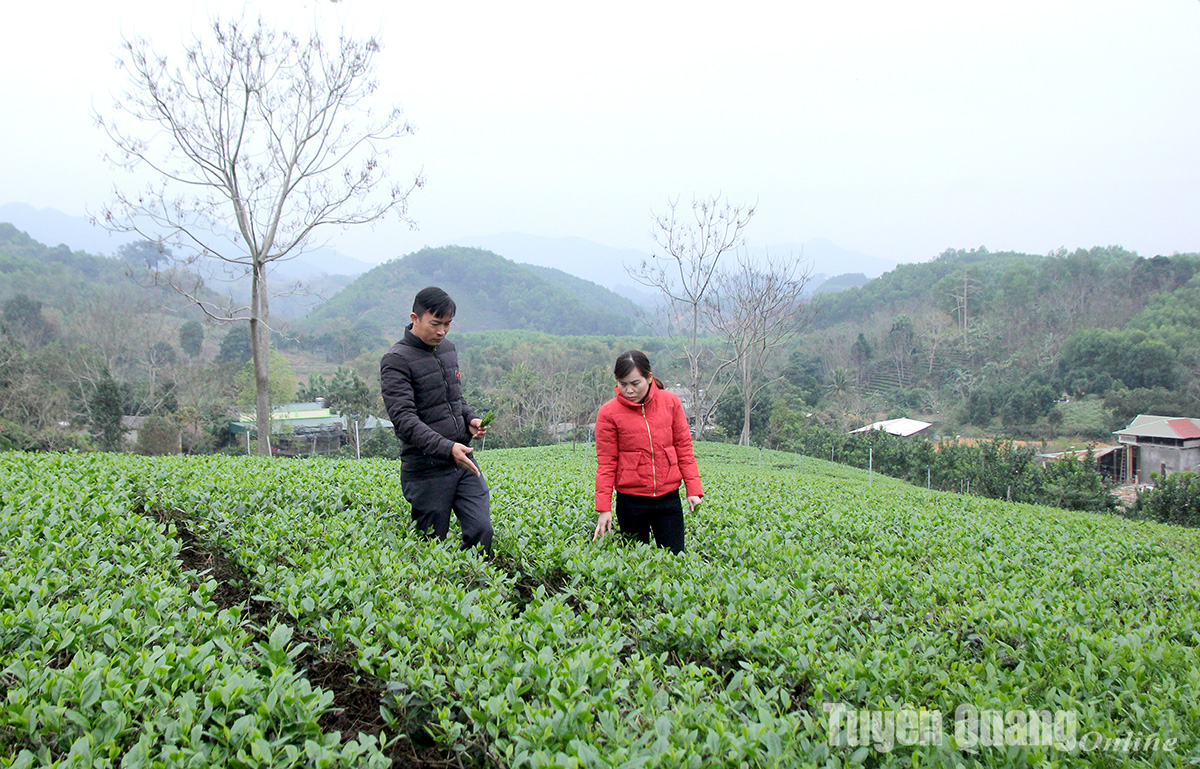
![[Photo] Nhan Dan Newspaper celebrates the 94th anniversary of the founding of the Ho Chi Minh Communist Youth Union](https://vstatic.vietnam.vn/vietnam/resource/IMAGE/2025/3/25/5571705682934ac5be5014ce171facb4)

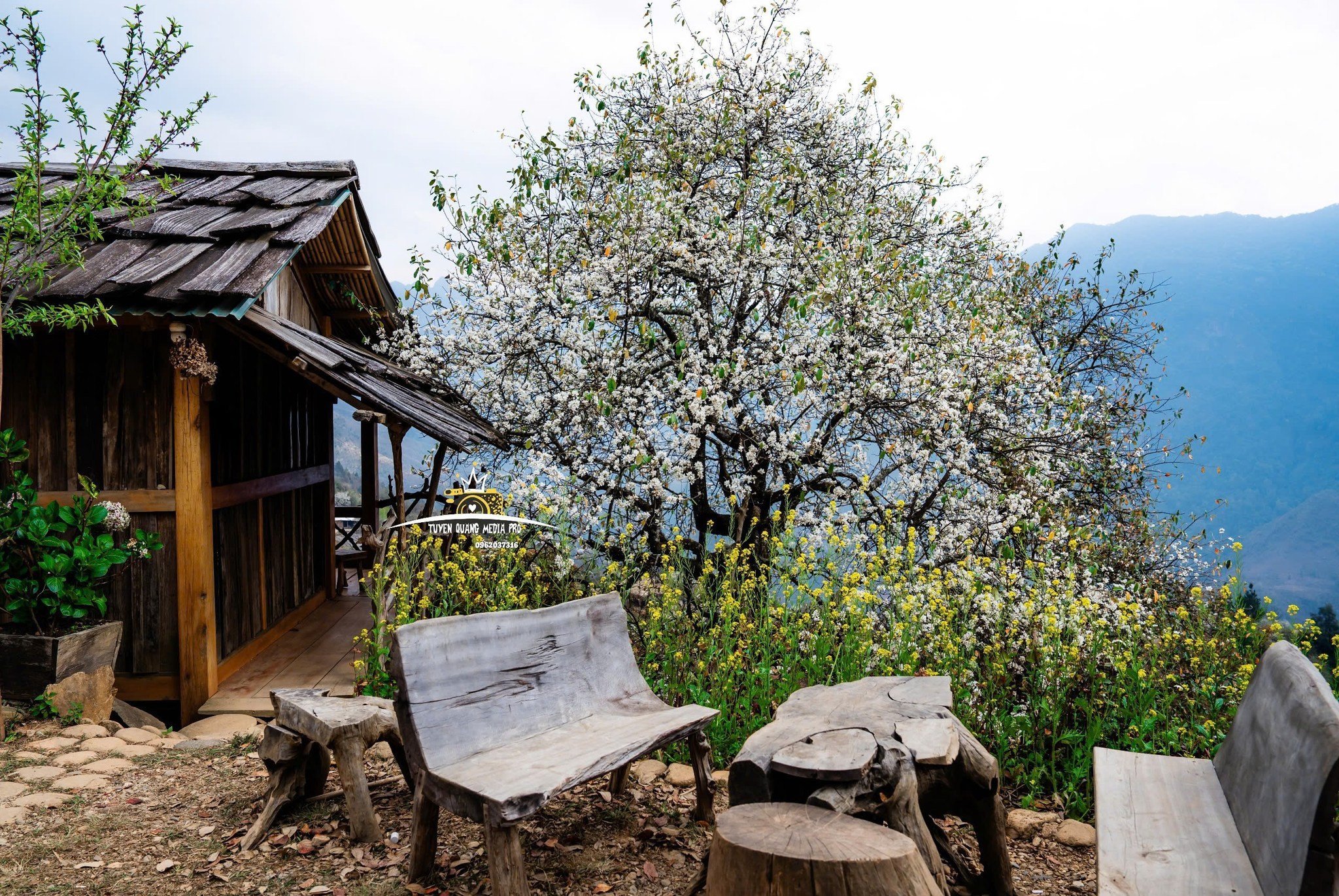
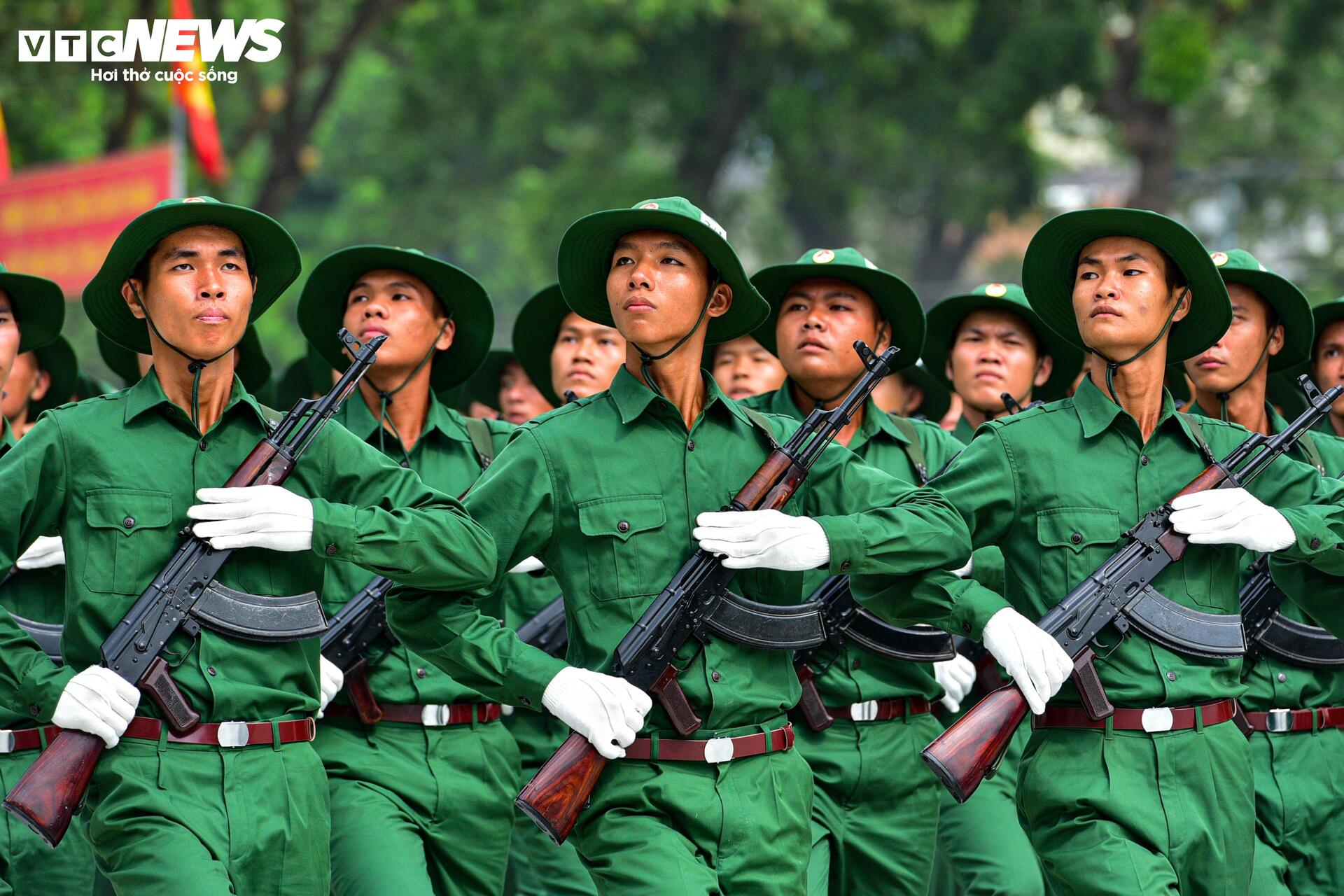
![[Photo] Minister of Defense presides over inspection of parade and march training](https://vstatic.vietnam.vn/vietnam/resource/IMAGE/2025/3/25/35c2dd58a3e840d3a8cd615e70e89039)
![[Photo] General Secretary To Lam chairs the Standing Meeting of the Central Steering Committee on preventing and combating corruption, waste and negativity](https://vstatic.vietnam.vn/vietnam/resource/IMAGE/2025/3/25/839ea9ed0cd8400a8ba1c1ce0728b2be)

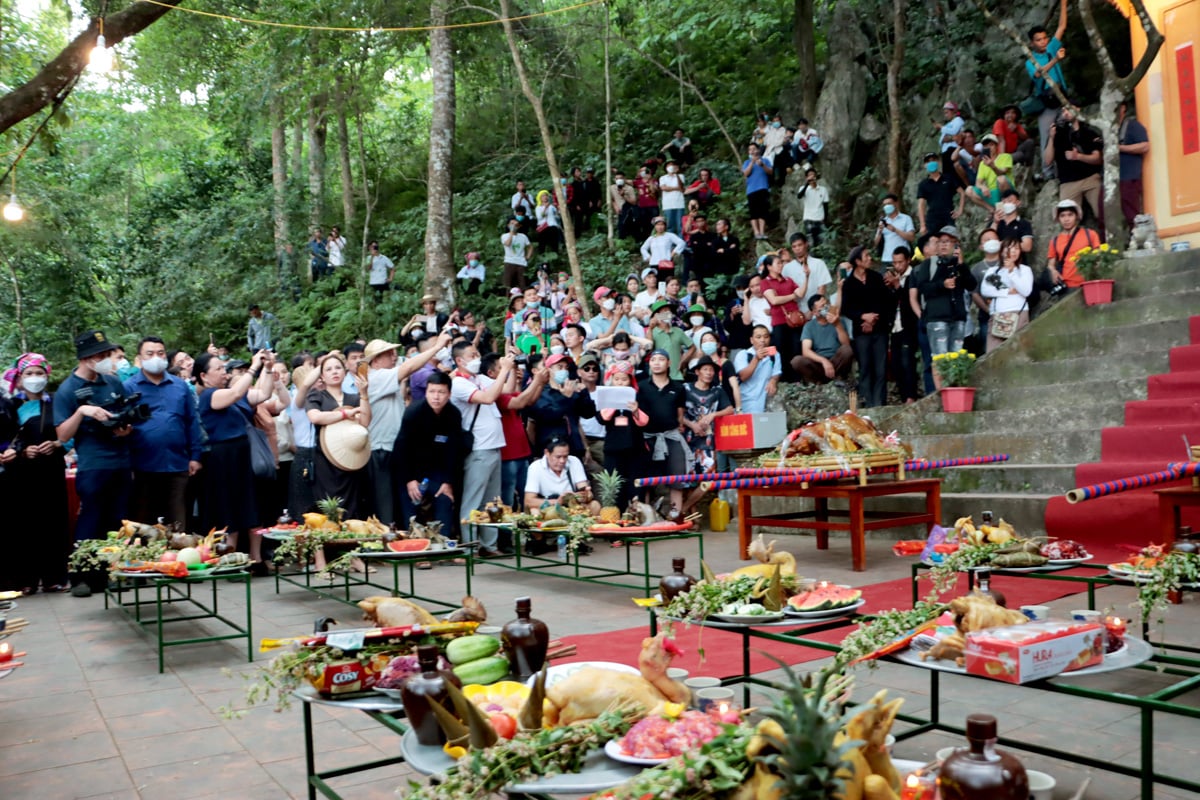



















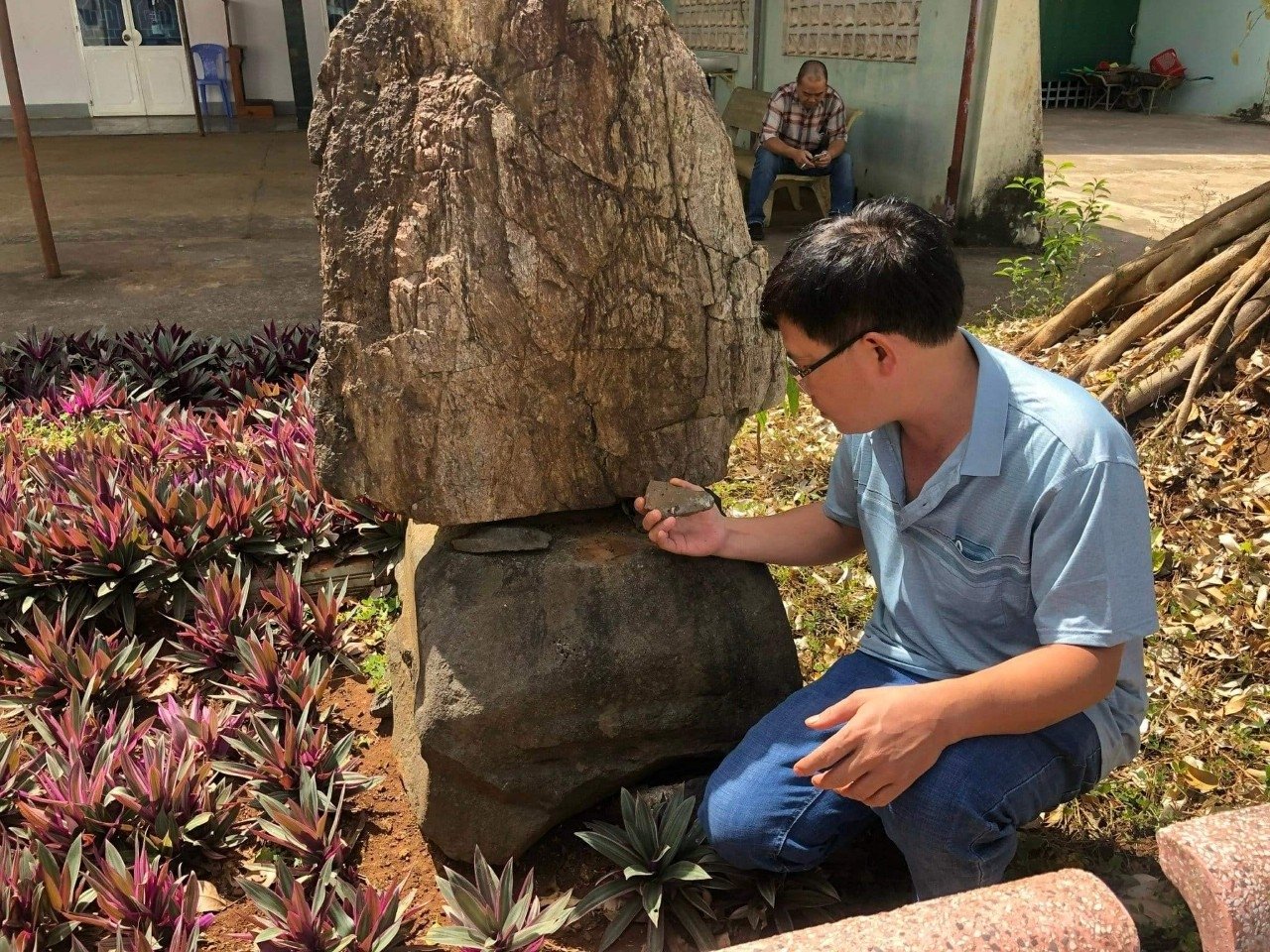











































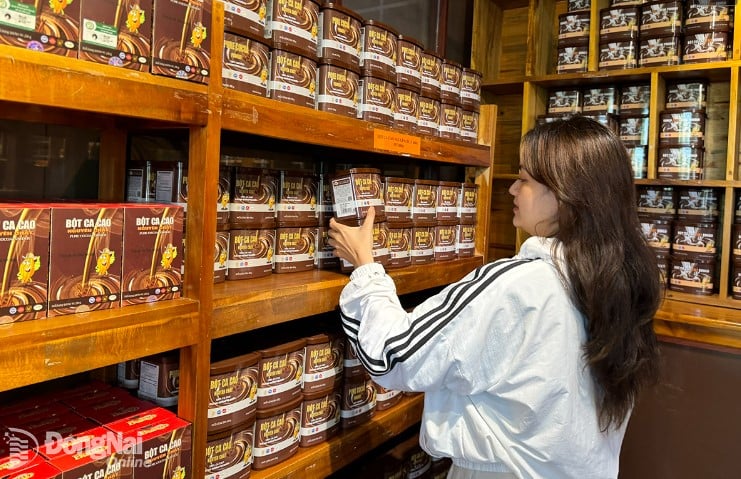
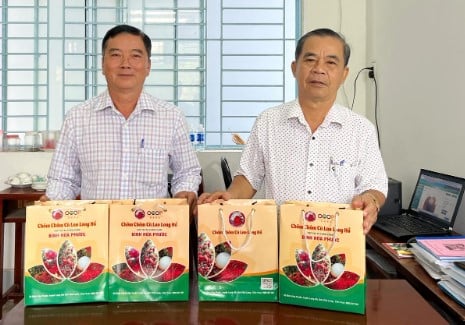
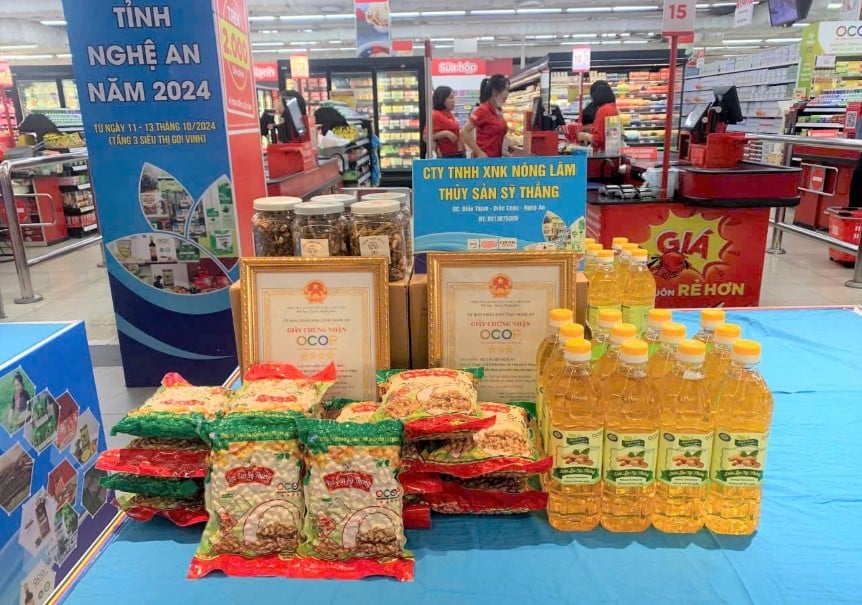
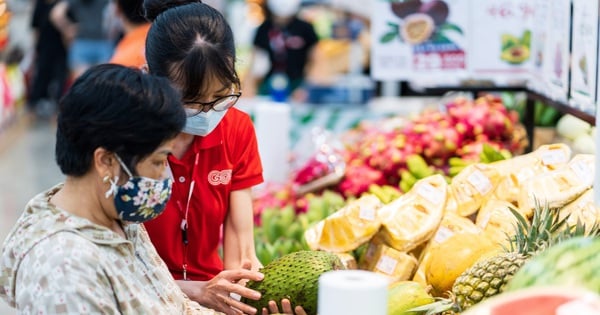



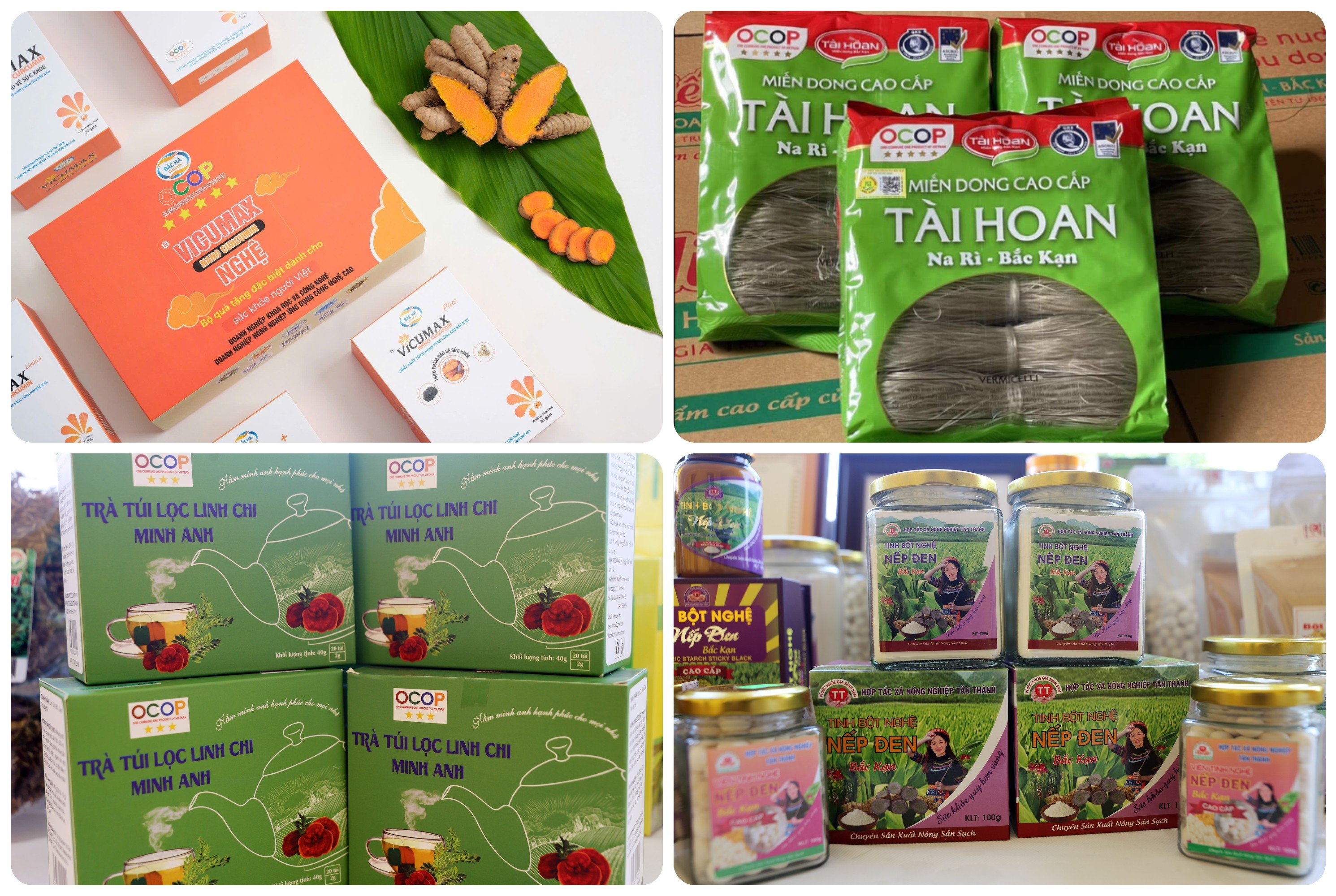
Comment (0)